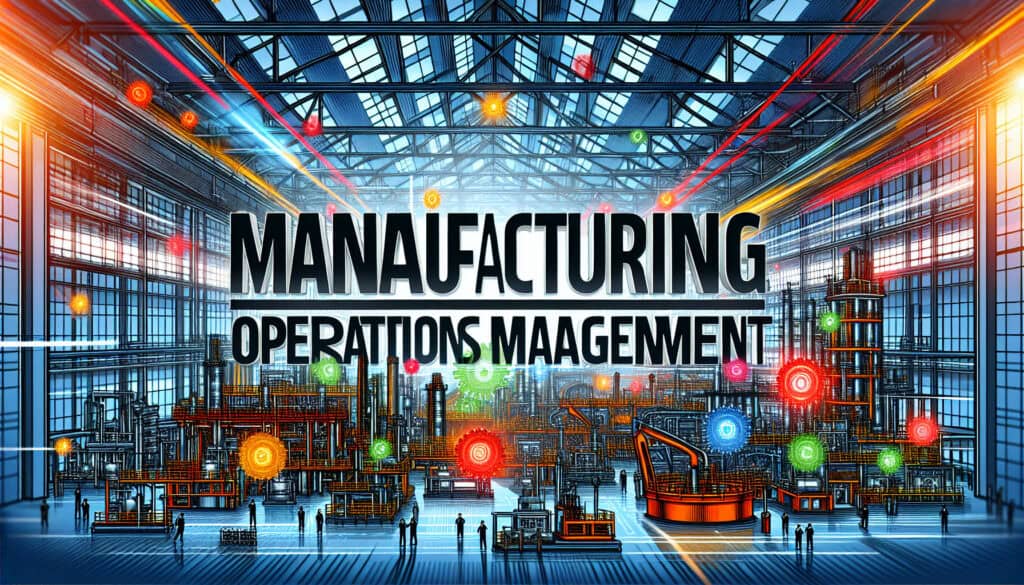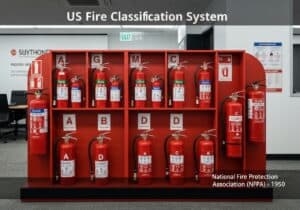A holistic approach to managing the end-to-end manufacturing process.
- المنهجيات: العملاء والتسويق, الهندسة, بيئة العمل, تصميم المنتج
إدارة عمليات التصنيع (MOM)

إدارة عمليات التصنيع (MOM)
- التحسين المستمر, الأتمتة الصناعية, التصنيع اللين, تصنيع, تحسين العمليات, تحسين العمليات, كفاءة الإنتاج, ضمان الجودة, إدارة الجودة
الهدف:
كيفية استخدامه:
- A broad category of software and systems that manage all aspects of manufacturing operations, from production and inventory to quality and maintenance. It aims to optimize efficiency across the entire manufacturing process.
الايجابيات
- Provides a holistic view of manufacturing operations; Can lead to significant improvements in efficiency and quality.
سلبيات
- Can be complex and expensive to implement; Requires a high degree of integration between different systems.
الفئات:
- لين سيجما, تصنيع, إدارة المشاريع
الأفضل لـ
- Optimizing the entire manufacturing process in a large and complex organization.
Manufacturing Operations Management (MOM) encompasses a range of applications designed to oversee and improve various facets of manufacturing processes, making it particularly valuable in industries such as automotive, aerospace, consumer goods, pharmaceuticals, and electronics. In the project phase of implementation, it is often initiated by operations managers and involves collaboration among cross-functional teams, including engineering, quality assurance, supply chain management, and IT specialists, ensuring comprehensive integration of manufacturing activities. Typical systems within MOM include Manufacturing Execution Systems (MES), which monitor real-time production data; Quality Management Systems (QMS), that maintain standards throughout production; and Inventory Management Systems, which optimize stock levels and reduce waste. The use of MOM allows organizations to track key performance indicators (KPIs) across processes, facilitating data-driven decisions that enhance production throughput while minimizing downtime. Continuous improvement methodologies such as Lean Manufacturing and سداسية سيجما are often aligned with MOM systems, delivered through software solutions that automate data collection and analysis, thereby increasing both efficiency and output quality. Companies employing these methodologies often report significant cost savings, reduced cycle times, and improved employee engagement, driven by a culture of data transparency and operational excellence.
الخطوات الرئيسية لهذه المنهجية
- Identify key manufacturing processes and workflows needing optimization.
- Implement real-time monitoring and data collection systems across operations.
- Analyze performance data to identify bottlenecks and inefficiencies.
- Establish metrics to measure efficiency, quality, and other operational goals.
- Utilize advanced analytics and modeling to predict and mitigate potential issues.
- Integrate automation and technology solutions where applicable.
- Adopt lean manufacturing principles to eliminate waste and streamline processes.
- Enhance supply chain visibility for better inventory management.
- Develop and implement strategies for continuous improvement.
- Conduct regular training and development for staff on new systems and processes.
- Evaluate maintenance processes and implement predictive maintenance practices.
نصائح للمحترفين
- Implement real-time data analytics to monitor production metrics and equipment performance, enabling proactive decision-making and minimizing downtime.
- Utilize advanced forecasting tools in inventory management to adjust production schedules based on demand variability and optimize stock levels.
- Integrate cross-functional collaboration platforms to enhance communication between engineering, operations, and supply chain teams, improving alignment and problem-solving capabilities.
لقراءة عدة منهجيات ومقارنتها, نوصي باستخدام
> مستودع المنهجيات الشامل <
مع أكثر من 400 منهجية أخرى.
نرحب بتعليقاتكم على هذه المنهجية أو المعلومات الإضافية على قسم التعليقات أدناه ↓، وكذلك أي أفكار أو روابط متعلقة بالهندسة.
السياق التاريخي
1950
1950
1956
1960
1960
1960
1960
1950
1950
1950
1958
1960
1960
1960
1960
(إذا كان التاريخ غير معروف أو غير ذي صلة، على سبيل المثال "ميكانيكا الموائع"، يتم تقديم تقدير تقريبي لظهوره الملحوظ)















منشورات ذات صلة
استبيانات الانزعاج العضلي الهيكلي
الاختبار متعدد المتغيرات (MVT)
تحليل الانحدار المتعدد
أنظمة التقاط الحركة
طريقة MoSCoW
اختبار متوسط المزاج